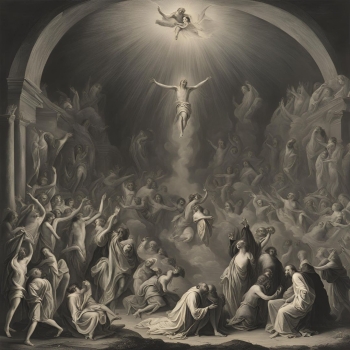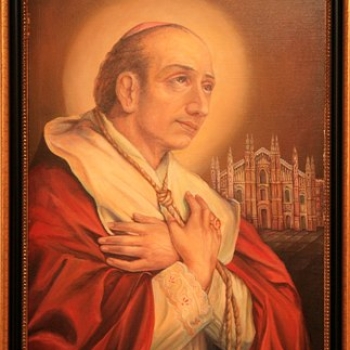The Decree of the Apostolic Penitentiary outlines the locations where indulgences can be obtained, including places in Rome, the heart of Christianity, shrines in the Holy Land, notable international shrines, episcopal cathedrals in all dioceses, and churches designated for Jubilee celebrations by bishops. This ensures that no one is excluded from experiencing the grace of the Jubilee.
According to the decree, all truly repentant individuals can obtain a plenary indulgence for themselves or for the departed. This applies to those who receive the sacraments, pray for the intentions of the Pope, go on a pilgrimage or visit holy places, and engage in works of mercy and penance.
The Guidelines from the Apostolic Penitentiary state that to receive a plenary indulgence, one must be in a state of grace. One can achieve this through participation in the Holy Mass, the celebration of the Word, the Liturgy of the Hours, the Way of the Cross, reciting the Akathistos hymn, or participating in a penitential celebration that concludes with individual confession.
Additionally, those unable to participate in pilgrimages or travels for valid reasons, such as the elderly, sick, cloistered nuns, or prisoners, can also receive a plenary indulgence. They can do this by reciting the "Our Father," making a profession of faith, and offering their sufferings for the salvation of the world.
The decree emphasizes that to obtain a plenary indulgence, individuals should engage in acts of mercy and penance, refrain from trivial entertainments and distractions, give alms to the poor, and support religious and social activities dedicated to the defense of life.
A Gift for Souls
As we approach the November celebrations, let us focus on a positive and supernatural perspective. We should remember our loved ones not only by adorning their graves with chrysanthemums and lighting candles. The best gift we can offer them is our prayers and the practice of remembrance, particularly through the gift of indulgence.
During the first eight days of November, the Church provides a valuable opportunity to assist souls in purgatory with indulgences. The most significant gift for their salvation can be attained by visiting graves or cemeteries and fulfilling the usual conditions for obtaining a plenary indulgence, which include being in a state of grace, having no attachment to sin, receiving Holy Communion, and praying for the intentions of the Holy Father.
Moreover, individuals who cannot physically visit a cemetery or church due to illness or disability can still gain this indulgence. The sick can engage in a spiritual pilgrimage to the cemetery. To receive a plenary indulgence for the deceased, they should cultivate this intention within themselves and participate spiritually in visiting the cemetery. They can also spiritually receive Holy Communion if they are unable to do so in person.
God, in His mercy, looks at the heart of each person and understands every human limitation.
May this year’s All Saints’ Day and All Souls’ Day serve as a reminder, amidst November's reflections on the often somber realities of this world, that "we do not have a permanent city here, but are striving for the future" (Hebrews 13:14). Let these celebrations inspire us to worship the good God, who is always "marvelous in His saints" (cf. Lumen Gentium 50), and invites us to follow in their footsteps, striving to be "holy and blameless in His sight."

_small.gif)



_small.gif)
_small.gif)